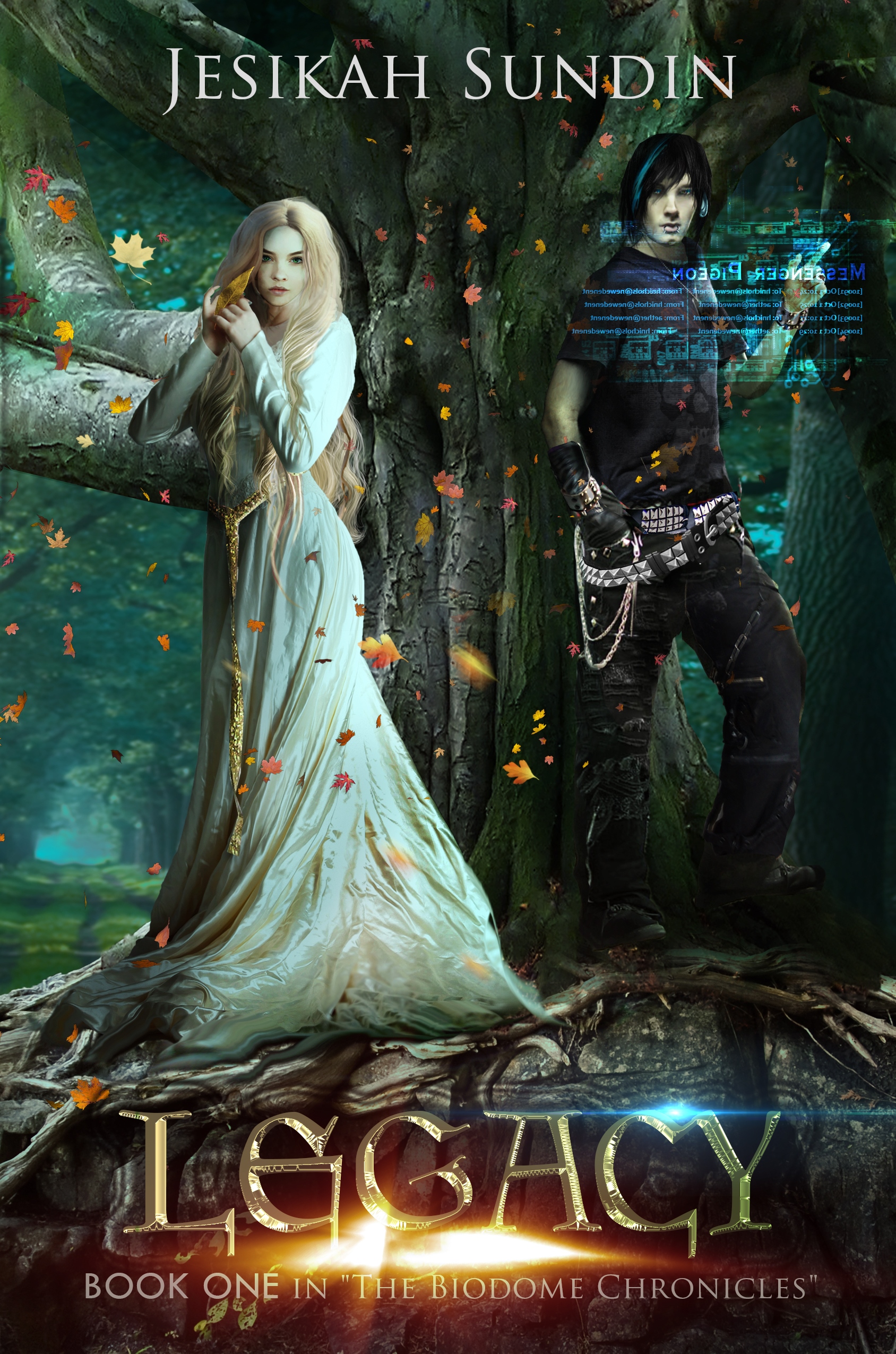
Reading is not an individual act, but a collaboration between the writer and the reader. The reader’s job is to take the words on the page and create visual images within their imaginations. The writer’s job is to put the right images on the page in the first place, so that the desired image springs to life in the reader’s mind.
When I draft, I’m often short-cutting, summarizing images, using cliches and adverbs. During line edit, any of those short-cuts that remain must be transformed into specific, unique, effective descriptions that will bring the right image to the reader’s mind.
Craft a specific image in three easy steps
1. Start simple. Describe the image in the barest of terms, using only verbs and nouns.
2. Add only the barest of descriptors (adverbs & adjectives) necessary to make the image as specific as possible.
3. If you have a passive verb like was, is, were, change it to an action verb. There’s a tendency to use passive verbs in description, but using action verbs gives the scene a sense of motion even if everything is standing still.
For Example . . .
This is from the draft of Shattered Dreams, Dreams of QaiMaj Book III:
The moon was low over the tower tops of SoJing. (This is the simple description I want to convey, undressed.)
The pale moon was low and heavy over the crumbling tower tops of SoJing. (Here I’ve added a couple of descriptors to make the image direct and specific. With the addition of the word heavy, I’m implying that it’s a full moon, further clarifying the image in the reader’s mind. Pale adds a mood of weakness or vulnerability, while crumbling reminds the reader that this is a ruined city, tying in to the theme of ancient destruction effecting the lives of the present-day characters.)
The pale moon hung low and heavy over the crumbling tower tops of SoJing. (Turning was to hung gives the moon an action; it adds motion to the image and the scene.)
Can you see how the original version only gives the reader a general impression, while the last sentence puts a much clearer picture in the reader’s head? If this all seems like a lot of work to do on every description during line editing, it is. But the good news is that as you start to identify what makes an image effective, you’ll start doing it naturally while you draft.
Avoid Over-describing
I suggest starting with as simple descriptions as possible because the tendency can be to want to describe every tiny detail of your story world. It’s important to keep in mind that the reading of a book is a partnership; the reader will bring as much to the visual image created in their mind as you will bring with the writing. The trick to writing is to proffer just enough information for the reader to pick up where you leave off and complete the image.
If you are a writer who drafts heavy description from the start, you will need to do some cutting during line editing. But the three steps above still apply–just work them backwards. First, ask yourself if your verb is an action verb that conveys the motion you want in the description. Next, check your adverbs and adjectives to make sure they are as specific to the image you want to convey as possible. Finally, simplify the sentence as much as possible. Is there anything else in there that you can take out?
In the example above, I could have gone even further with the description. Consider this:
The full, pale moon hung low and heavy like a ball of wax over the dark, crumbling tower tops of the ruined city of SoJing.
The problem with the additions to this description is that they don’t add anything to the picture in the reader’s mind. The image of the moon is already clear enough without adding full and ball of wax; dark is implied by the fact that it is night, and ruined city is implied by crumbling tower tops. Instead of over-describing, trust the reader to translate the implications into an image.
Beyond Images
You can punch up your description further during line edit by broadening your “imagery” to awaken the reader’s other senses; sound, smell, taste, touch. For every single scene in your book, you should consider how the POV character is experiencing each and every one of their senses. That doesn’t mean you have to include every single sense in every single scene, but adding in the other senses here and there will go a long way to transporting the reader.
Adding in the other senses has another use: if your scene doesn’t have a lot of visual information, perhaps because it’s taking place at night, or if your character is blindfolded, or if the setting is one that you’ve already used a lot in the book, like the character’s bedroom or office, the other senses provide a fresh way to convey the setting. In the nighttime scene that the example above was taken from, the main character hears the rushing of the nearby river, feels the chill of the night air on her skin and the hard river rocks under her body as she tries to sleep. These descriptions all serve to reveal information to the reader and compose a picture of where the character is and what she is doing, with little visual information.
Be sure to spend some dedicated time to punching up your images and sensory description during line editing. Your efforts will pay off when your readers are able to picture the story world as vividly as you do in your own imagination.


